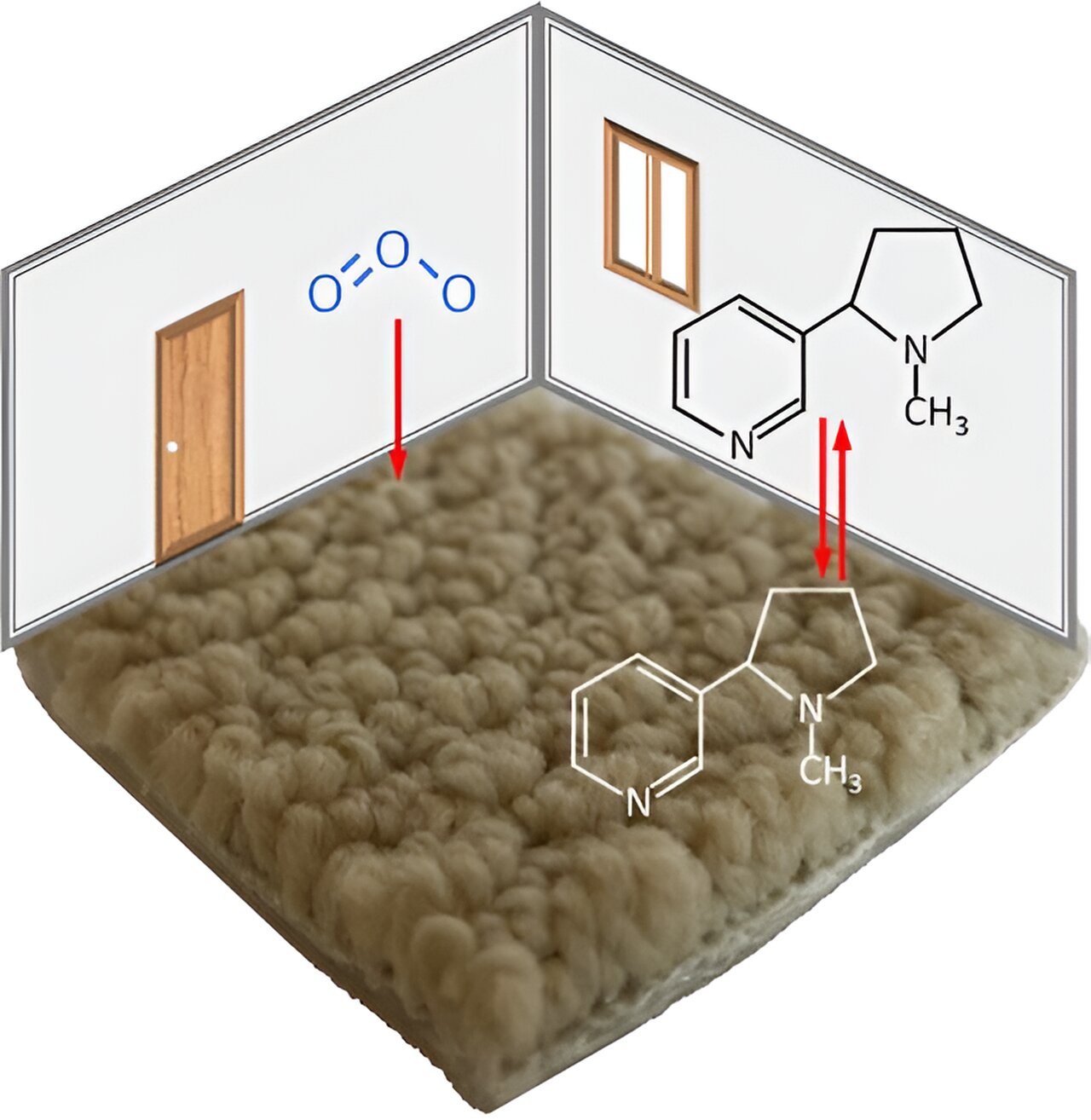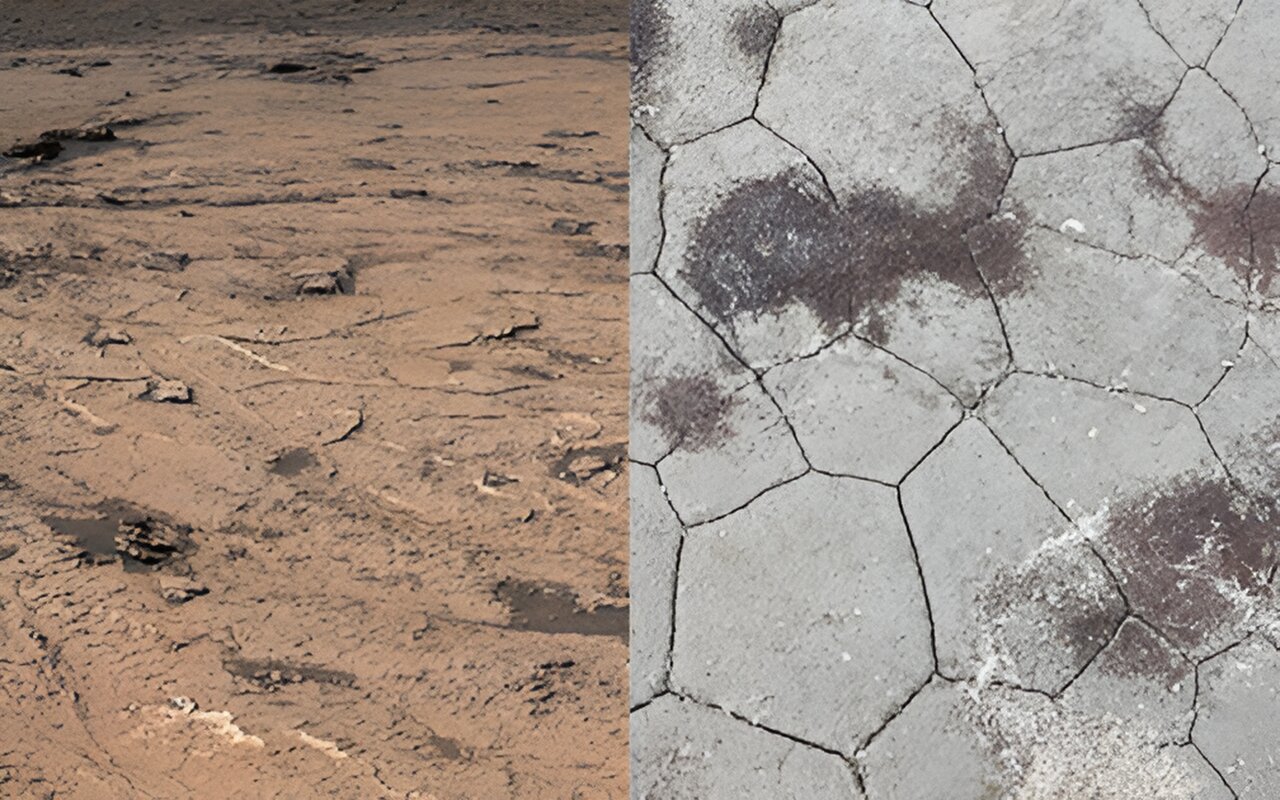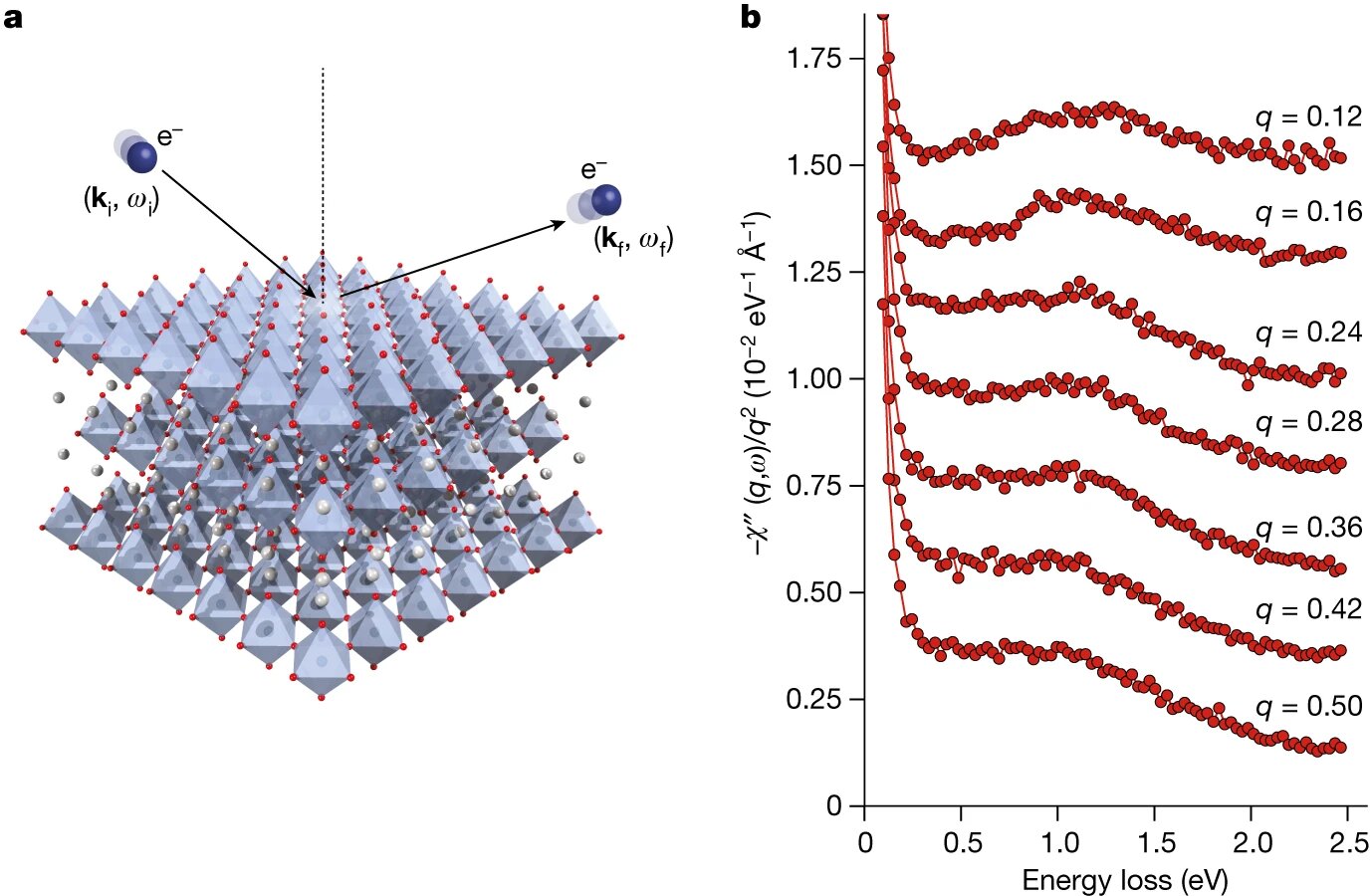Did you know that even after smoking has stopped, the effects of tobacco can still linger in indoor spaces? It’s called thirdhand smoke, and it can be a long-term source of indoor pollutants. A recent study led by the Department of Energy’s Lawrence Berkeley National Laboratory (Berkeley Lab) has found that carpets are particularly susceptible to tobacco contaminants, making them difficult to clean.
When thirdhand smoke settles into surfaces, it doesn’t just stay there. Chemicals are released back into the air, sometimes transforming into new types of contaminants. Carpets are a major sink for thirdhand smoke, and this study focused on evaluating the effectiveness of ozonation, a common cleaning method, on smoke-exposed carpets.
The researchers examined aged carpets retrieved from homes in the San Diego area, as well as new carpets exposed to fresh smoke in the lab. They found that while ozonation partially removed certain compounds from the carpets, it was not effective at removing deeply embedded nicotine. The fibers and other chemical constituents in the carpet acted as a shield, preventing complete removal. The study was conducted at Berkeley Lab’s Air Quality Testing Laboratory and the Molecular Foundry.
This research, supported by grants from the University of California Tobacco-Related Disease Research Program, highlights the importance of carpets as a common reservoir and source of contaminants from thirdhand smoke. Lead author Xiaochen Tang suggests that replacing the carpet may be the best solution, as ozone has limited cleaning abilities when it comes to deeply embedded materials.
This study builds on previous research from Berkeley Lab, which showed that ozonation could remove tobacco contaminants from a room. However, it also revealed that ozone generators create a burst of contaminants when running, emphasizing the need for ventilation and a waiting period before re-entering a space after ozonation.
Senior Scientist Hugo Destaillats cautions that while ozonation is commonly used for remediation purposes, it may create a false sense of efficacy. Just because there is no detectable smell doesn’t mean that all contaminants have been eliminated. The next steps in this research will explore the role of other indoor reservoirs, such as drywall and upholstery.








